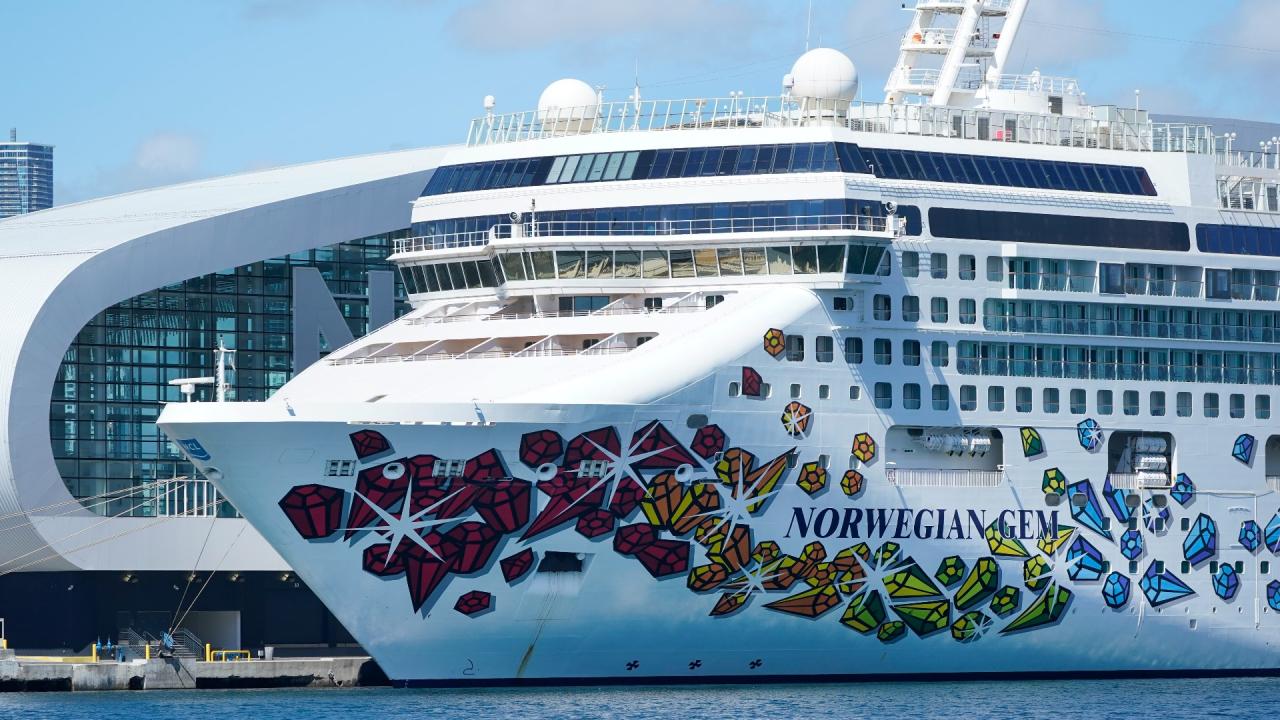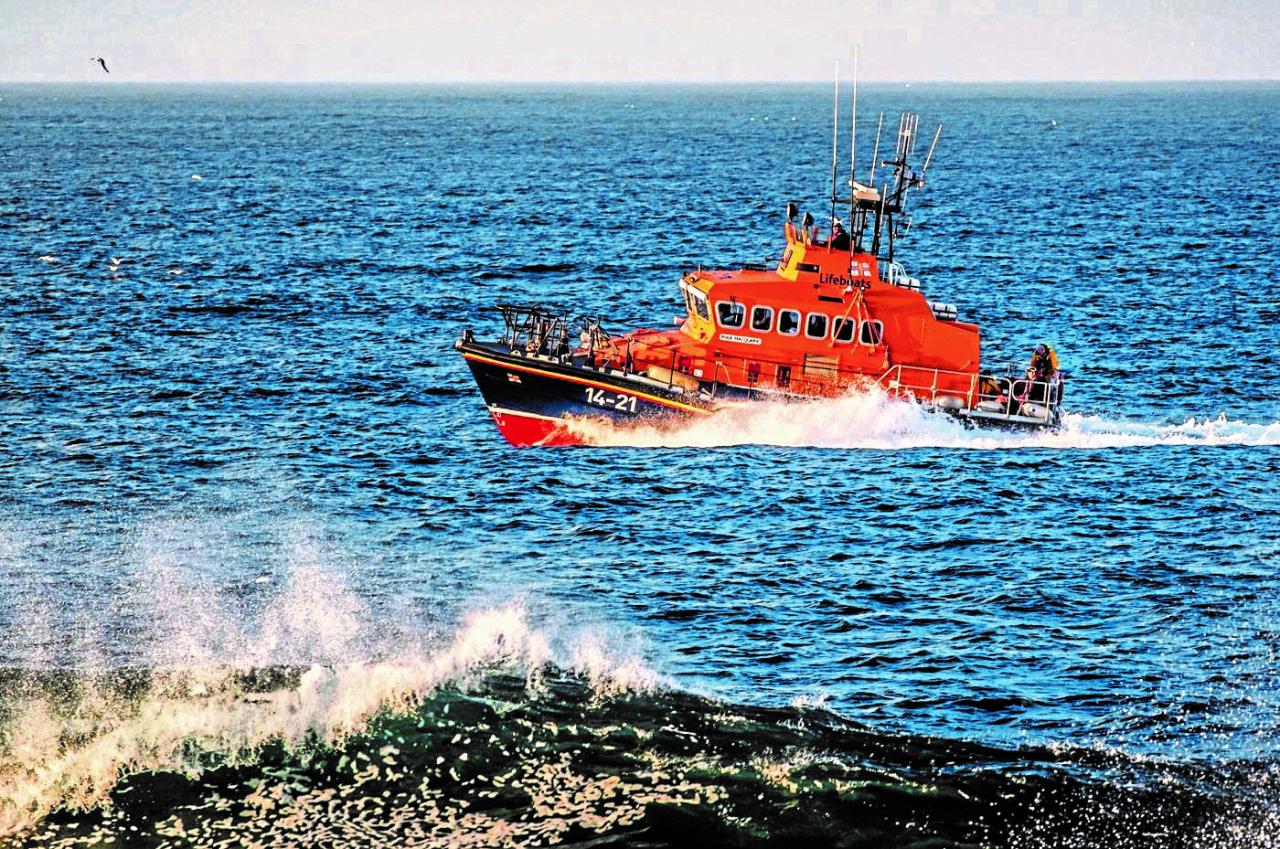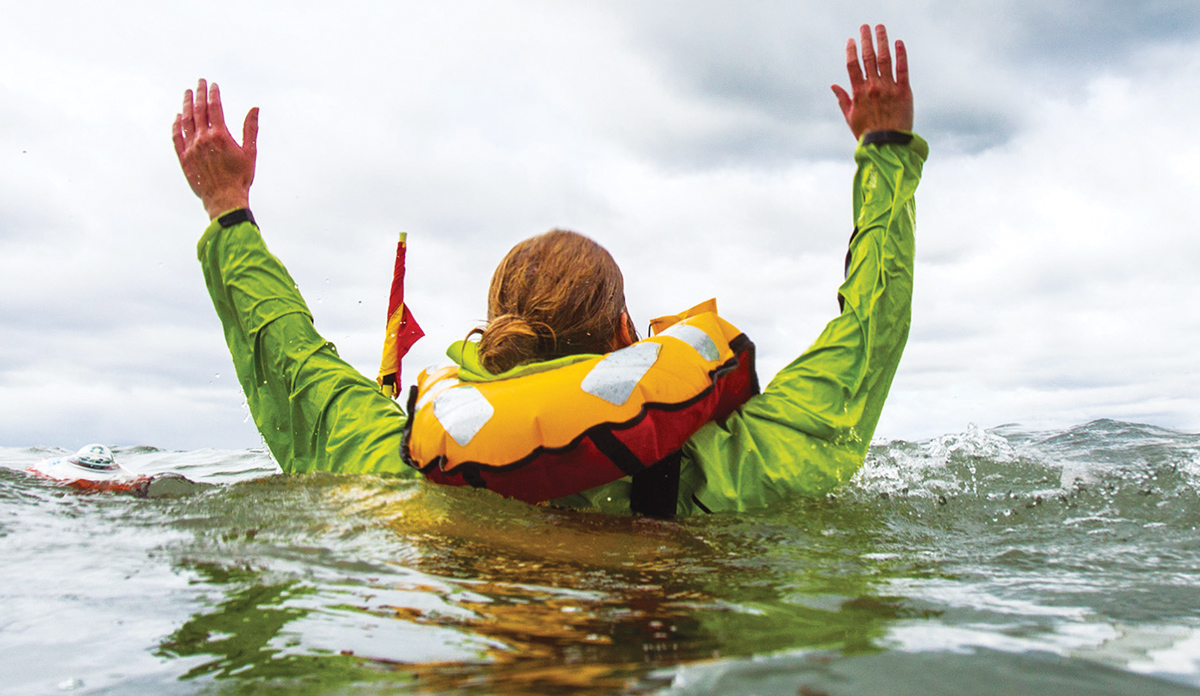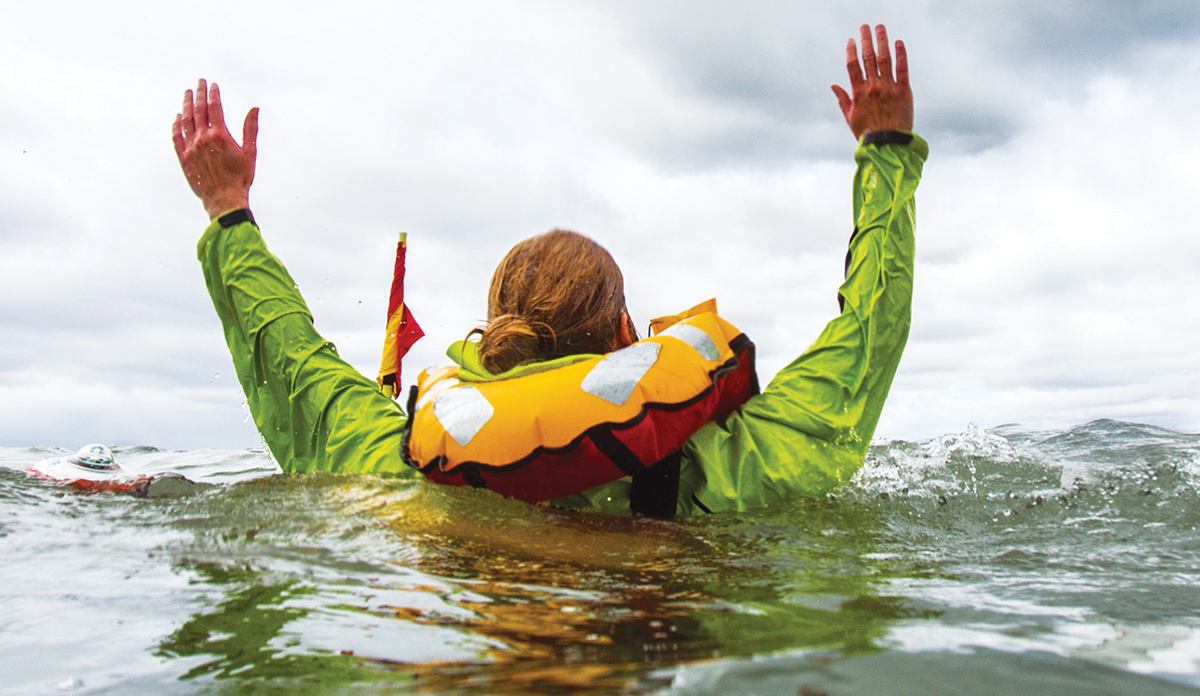Rescue team ends search for a man overboard from Norwegian. This gripping account details the intense search operation launched after a man fell overboard from a vessel off the Norwegian coast. We’ll explore the challenges faced by the rescue team, the methods employed, and the ultimate outcome of this dramatic event, offering a glimpse into the complexities of maritime rescue efforts.
The story unfolds with a description of the initial response, detailing the time it took to mobilize the rescue team and the resources deployed, including boats, aircraft, and specialized personnel. We’ll examine the search patterns utilized, the impact of environmental conditions, and the challenges posed by the sea state, weather, and visibility. The missing person’s details, including age, profession, clothing, and circumstances surrounding the incident, will be presented, along with a hypothetical timeline of events.
The Search Operation
The initial report of a man overboard near the Norwegian coast triggered a swift response. The Norwegian Coast Guard received the distress call at approximately 14:30. Within 15 minutes, the first rescue vessel was dispatched to the reported location. The subsequent search operation involved a coordinated effort utilizing various resources and search patterns to maximize the chances of locating the missing person.
Resources Deployed, Rescue team ends search for a man overboard from Norwegian
A multi-agency response was crucial in the search effort. The table below Artikels the resources deployed and their roles.
| Resource Type | Quantity | Role in Search |
|---|---|---|
| Rescue Boats | 3 | Initial search, close-range investigation, potential rescue |
| Helicopter | 1 | Aerial search, covering a wider area, providing visual reconnaissance |
| Search and Rescue Personnel | 20+ | Operating boats, helicopter crew, communication and coordination |
| Thermal Imaging Equipment | 2 | Detection of heat signatures in the water, enhancing night-time search |
Search Methods
The search employed a combination of search patterns. Initially, an expanding circle search was used, originating from the last known position of the man. This method ensured a progressively larger area was covered. As the search progressed and more information became available, a grid search pattern was implemented to systematically cover the suspected area, minimizing the chance of missing any potential evidence or the individual himself.
So, the Norwegian rescue team called off the search for the man overboard – pretty sad news. It makes you think about the fragility of life, especially when you hear about other losses, like the news that Atlanta rapper OG Maco dies at 32, family confirms. It’s a reminder to appreciate every moment. Anyway, back to the search; hopefully, further investigations will shed some light on what happened.
Environmental Conditions
The search was significantly impacted by challenging environmental conditions. High winds created choppy seas with waves reaching up to 2 meters in height, reducing visibility and making navigation difficult. The persistent rain further hampered visibility, making it harder for the search teams to spot the missing person in the water. The decreasing daylight hours also added a layer of complexity to the operation.
The Missing Person: Rescue Team Ends Search For A Man Overboard From Norwegian

The missing person was identified as a 45-year-old male, Mr. Lars Olsen, a fisherman. He had no known pre-existing medical conditions that would have impaired his ability to swim. The details of his clothing and the circumstances surrounding the incident are crucial in piecing together the events.
Personal Details and Circumstances
Mr. Olsen was wearing a dark blue waterproof jacket, dark trousers, and orange life vest at the time of the incident. Eyewitnesses reported seeing him fall overboard from the stern of his fishing vessel during a sudden gust of wind. He apparently lost his balance while attempting to secure some fishing equipment.
So, the Norwegian rescue team called off the search for the man overboard – a pretty somber end to that story. Meanwhile, a completely different kind of drama is unfolding: check out this article, Is Dua Lipa Engaged to Callum Turner? A New Pics Are Making Her , if you need a lighter news break. Back to the rescue mission, though – it’s a reminder of how unpredictable the sea can be.
Hypothetical Timeline
The following timeline Artikels the potential sequence of events:
- 14:20: Mr. Olsen falls overboard.
- 14:25: Crew members raise the alarm.
- 14:30: Distress call received by the Coast Guard.
- 14:45: Rescue boats and helicopter arrive on the scene.
- 15:00-18:00: Extensive search using expanding circle and grid search patterns.
- 18:00: Search suspended due to worsening weather and darkness.
The Rescue Team’s Actions and Challenges
The rescue team faced numerous challenges during the search, including the aforementioned adverse weather conditions and the vastness of the search area. Effective coordination and communication were vital to overcome these obstacles.
Challenges and Coordination
The team utilized a robust communication system, including VHF radio and satellite phones, to maintain constant contact between all vessels and the coordination center. Regular updates on the search progress, location of assets, and environmental conditions were shared to optimize the search effort. Key decisions were made based on real-time data and the expertise of experienced search and rescue personnel.
Step-by-Step Account of Key Decisions

- Immediate dispatch of rescue boats to the last known location.
- Deployment of a helicopter for aerial surveillance and wider area coverage.
- Transition from expanding circle to grid search based on assessment of search area and environmental conditions.
- Suspension of the search due to nightfall and deteriorating weather.
- Re-evaluation of search strategy and resource allocation in the morning.
Adaptation to Changing Conditions
The rescue team demonstrated adaptability by adjusting their search strategies to accommodate the changing weather conditions. The initial focus was on a rapid response and visual search. As visibility decreased, the team relied more heavily on thermal imaging equipment and coordinated their efforts to maximize the limited visibility.
The Outcome and Aftermath
Unfortunately, despite extensive efforts, the search for Mr. Olsen was concluded without locating him. The decision to suspend the search was made after a thorough evaluation of the situation, considering the lack of new leads, deteriorating weather, and the diminishing probability of survival after such an extended period in the cold water.
Investigation and Safety Improvements
A formal investigation was launched by the Norwegian Maritime Authority to determine the exact circumstances surrounding the incident and identify any potential contributing factors. This includes examining the safety procedures on board Mr. Olsen’s vessel and reviewing existing maritime safety regulations.
So, the Norwegian rescue team called off the search for the man overboard – a tough call, I’m sure. It reminds me of the intense pressure on individuals in leadership positions, like the situation described in this article: ‘Not up for it’: Pressure grows on Indian skipper. The weight of responsibility, whether it’s a missing person or a struggling team, can be immense.
Hopefully, future searches will have better outcomes.
- Improved mandatory safety training for fishermen.
- Stricter enforcement of personal flotation device (PFD) regulations.
- Increased awareness campaigns on the importance of safety measures at sea.
- Review and update of emergency procedures for man overboard situations.
Emotional Toll on the Rescue Team

The unsuccessful search had a significant emotional impact on the rescue team members. The experience of searching tirelessly without finding the missing person is emotionally draining, and the team received counseling and support to help them cope with the psychological toll of the operation. The shared disappointment and the sense of helplessness are common feelings after such an event, highlighting the demanding nature of search and rescue operations.
Last Recap
The search for the man overboard from Norwegian highlights the dedication and skill of maritime rescue teams facing unpredictable conditions and immense pressure. The outcome of the search, whether successful or not, underscores the importance of robust safety protocols and the need for continuous improvement in maritime safety measures. This narrative serves as a reminder of the inherent risks associated with maritime activities and the critical role played by those who respond to emergencies at sea.
The emotional toll on the rescue team, often overlooked, is also acknowledged.
FAQ Corner
What type of vessel was the man on when he went overboard?
This information would be included in the detailed account of the incident, but isn’t provided in the Artikel.
Were any witnesses present?
The Artikel doesn’t specify whether witnesses were present. This would be part of the investigation.
What was the depth of the water in the search area?
This detail, crucial for search strategies, is not included in the provided Artikel.
What kind of investigation was launched?
The type of investigation (e.g., internal, external, criminal) would be detailed in the outcome and aftermath section.
